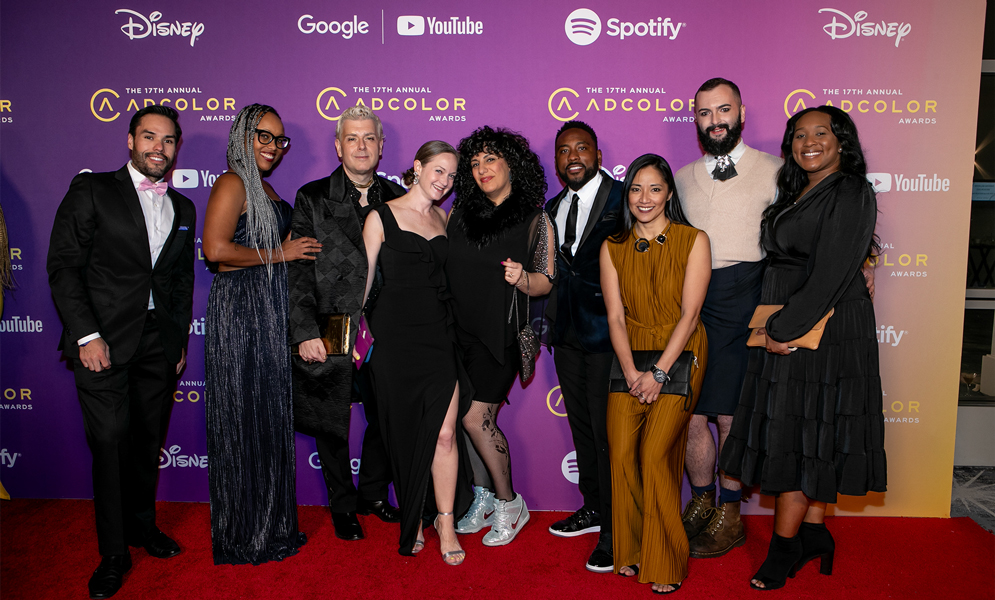By Adam Skaf, Alina Freeman, Gerardo Tanaka, Jontay Brown, and Maggie Moore
This past weekend, a fabulous crew from MSL had the pleasure to attend the 17th annual ADCOLOR conference in downtown Los Angeles. ADCOLOR brings together professionals in creative industries and supplies them with tools to be champions for diversity, equity and inclusion at their organization.
The theme this year was “Double Down, Double Up!” Meaning: together, we can reach back to pull forward those in need of support and mentorship and reach up to leaders, who must continue to be vocal advocates of representation as a business imperative.
Given a tumultuous year in the cultural discourse, and bearing in mind the challenges to come, it was empowering to hear such candor from the panelists in a safe space for all attendees – from major global companies to cultural collectives and research partners.
While we could write an entire post on the fashion alone, we'll get right to some key takeaways from ADCOLOR:
-
Diversity Goes Unseen: While many companies are focused on established demographics that can be readily reported as progress, a real push for intersectionality demands a more robust rubric. For instance, the first global sports sponsorship with a person with Down Syndrome was signed just last year with Adidas and athlete Chris Nikic. From neurodivergent to nonbinary individuals, the paradigm of DE&I is expanding to include broader accessibility beyond face value.
-
Consistency is Key: This is not new, but it bears repeating: a general marketing strategy and multicultural marketing strategy should always be intertwined. There will always be gaps to fill in representation; always look to find unique and intentional ways to show up and stand out. Companies can consider universal themes as a foundation, so that tactics are both inviting to certain audiences and inclusive of all. For example, influencers are often quick to identify one-offs versus a steady drumbeat from brands that uplift diverse voices year-round – not just when there is a ready-made opportunity. Build trust incrementally and then stand by the outcome.
-
Consumers are Ready: Contrary to a sensational newsfeed, GLAAD is preparing to share new research that finds consumers are more willing to support companies facing backlash on DE&I than their critics. Gen Z especially want to see LGBTQ+ represented in the media, even if they do not identify as such. But companies need the tools to prove out this research; and larger organizations must realize that their platform is a privilege. After all, as one panelist pointed out: advertising is one of the few non-opt-in mediums: it impacts our lives every day, whether we realize it or not.
-
Work Begins from the Inside Out: Simply put - if your employees don’t believe that you are committed to DE&I, neither will your consumers. Companies must start from the inside of the organization and begin to lay the foundation of how others view the brand. Building from a mode of accountability enables a focus on growth, while an environment of trust unleashes creativity. Tellingly, DE&I positions shouldn’t sit exclusively within HR departments. A cross-functional approach provides an immediate opportunity to invite employees in as they are diverse consumers themselves. This ensures that brand activations and campaigns are well-rounded with real staying power.
No matter how you identify or show up in the world, the ADCOLOR conference left us with a powerful reminder to hold true to what is sacred and non-negotiable, and never shy away from our shared commitment to understanding, appreciating, and empowering every unique voice.
Influencer Scottie Beam summarized the conference’s call to action powerfully: “Impact doesn’t have to be explained when it’s felt.”
